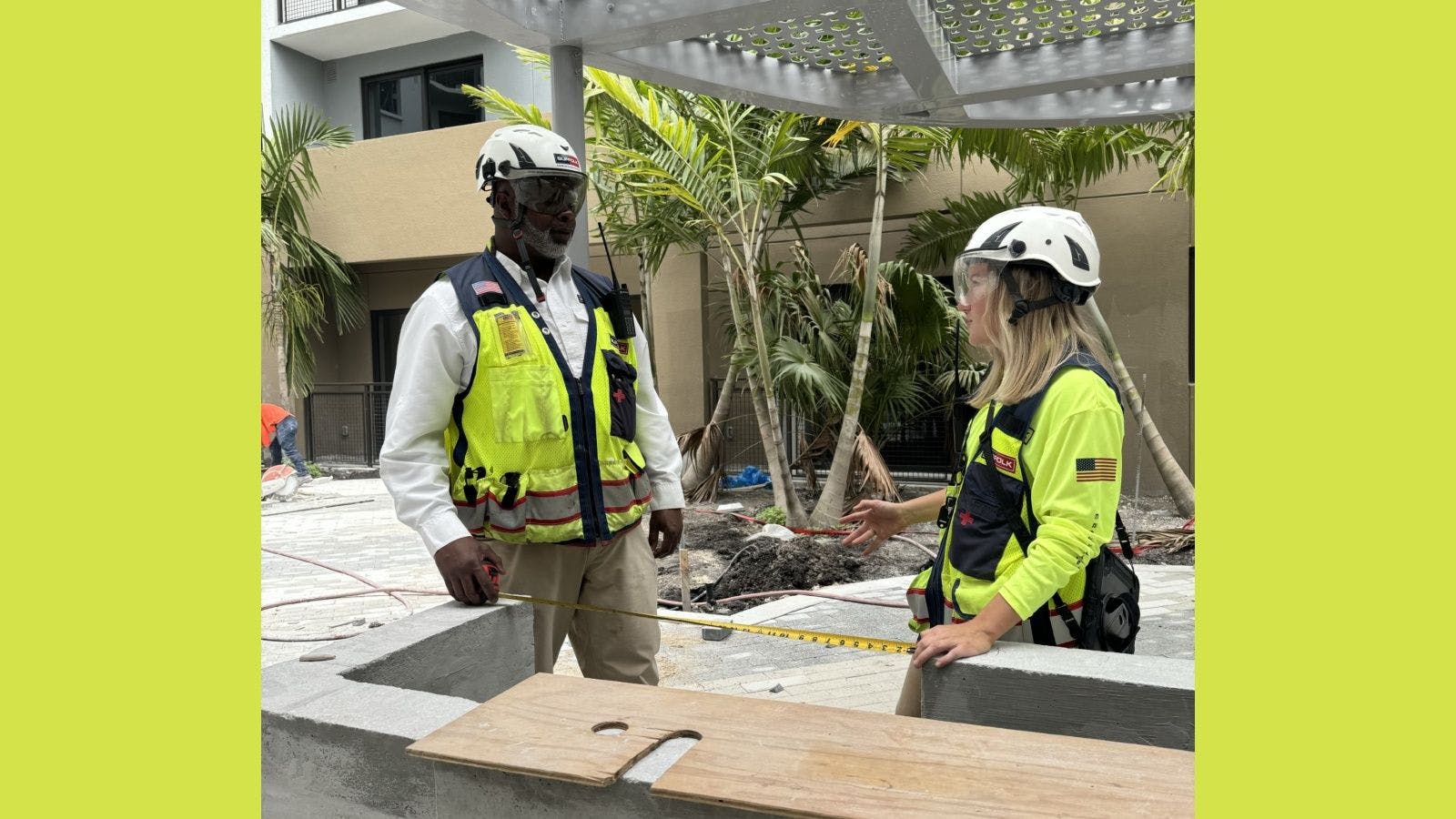
One Day at a Time
The skilled-labor shortage is a workforce problem—and not just at the sweeping societal level of encouraging more young people to pursue careers in the trades. It also exists at the ground level of individual construction companies, many of them small or mid-sized, that might not have the bandwidth to identify, recruit and train trades workers while also keeping up with their ongoing business.
One potential solution is to use a craft-professional staffing company. Recently, Construction Executive spoke to Chad Arnold, vice president of strategic accounts for Tradesmen International, about the challenges, realities and benefits of the “supplemental labor” model.
How does the temporary staffing model work when it comes to construction?
Construction historically has been and continues to be cyclical in nature. Projects have a start point and an endpoint, and they have a ramp-up period and a ramp-down period, and what comes along with that is opportunity—or, eventually, lack of opportunity. What companies like ours try to do for their customers is help them understand how and when they can be productive on a full-time basis and then only go above and beyond that need when they absolutely have to.
A very simple example would be a company that employs 200 people over the course of a year, and maybe 50 of those people they employ on a consistent basis—their top talent, their supervisors, their foremen, the people who are helping them to be highly productive at all times. For everybody else, they do one of two things. They either churn through those individuals—they pick them up as they need them and let them go when they are done, which we call “hire and dehire”; or they hold onto those individuals, which we call “holdover,” meaning they keep these people on their staff when they’re not truly being productive and generating return for the customer. We want to eliminate one or both of those things.
Is this model still considered somewhat new for construction?
I think supplemental labor is pretty well utilized within commercial construction. As we verticalize and focus on those particular verticals that we haven’t necessarily focused on in the past—residential, industrial, manufacturing, institutional—we’re finding out that, within that subset, this is still a new concept.
Is there a certain type of person who is better suited for the supplemental labor model versus being full-time in-house for a contractor?
No, there is no one specific type of individual. We’ve built what we think is a pretty diverse group of people across all of the trades that we do business in. What I would say, though, is it’s our job to educate the craft worker on the value of working for somebody with a model like Tradesmen’s versus going directly to work for the customer.
There are a couple of things that this model has to offer that I think are extremely important. Our craft workers have the unique opportunity to move from job to job and to never sacrifice their benefits package, because they’re always working for us. They don’t have to start the clock over, so people who value that are people that would be more attracted to a company like Tradesmen than maybe a contractor directly.
On the flip side, there are contractors that have opportunities that we don’t provide in this model. We don’t do work, for example, in the leadership space; we focus specifically on the craft workers themselves. If you had an individual who had a goal of becoming a foreman or a superintendent or anything otherwise, then obviously that would be attractive to them differently than the Tradesmen opportunity would.
How do you make sure that your skilled laborers are integrated smoothly within the culture of the companies that they’re working for?
The most critical step is, we do a safety walkout with every craft worker that we put to work. One of our salespeople or somebody from our local market is meeting that craft worker onsite and making a physical, personal introduction to the person that they’re going to be working with. It humanizes the process and makes it less transactional. The vast majority of our customers treat our craft workers the way that they treat their own, and the industry deserves a lot of credit for that.
Chris leads Construction Executive’s day-to-day operations—overseeing all print and digital content, design and production efforts, and working with the editorial team to tell the many stories of America’s builders and contractors. An experienced association magazine editor, writer and publications strategist, he is a graduate of Saint Joseph’s University and lives in Arlington, Virginia.
Related stories








